How To Prepare Your Pets For Hurricane Season
Hurricane season occurs every year from June until the end of November. Anyone who’s grown up in Florida or has lived here for many years knows hurricane season all too well. From power outages to limited travel access, hurricane season can be scary, especially when not prepared. For those of us that also have pets, there are additional steps that need to be taken to ensure their safety.
Below are five tips for preparing your pets for hurricane season. In addition to this blog post, your local vet, animal shelter, and pet stores have a ton of information about natural disasters.
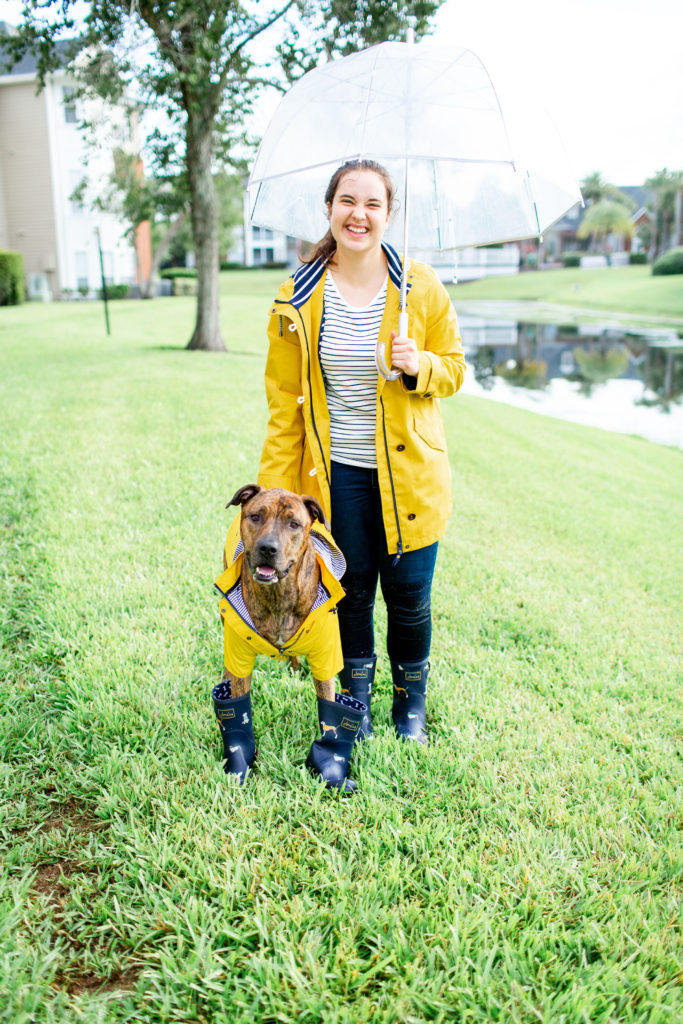
1. Have Copies Of Your Pets Medical Records
Similar to how we pack our most important documents for medical, car, housing, etc., we need to do the same for our animals. Pet medical records are usually required when staying at an evacuation shelter, so having them is a must. Also, in the devastating case that your home is destroyed, having copies of those records is so important.
Pro Tip: If you’ve been at the same vet for a while, you can also ask your vet to email them to you. This gives you quick access to them on your phone too!
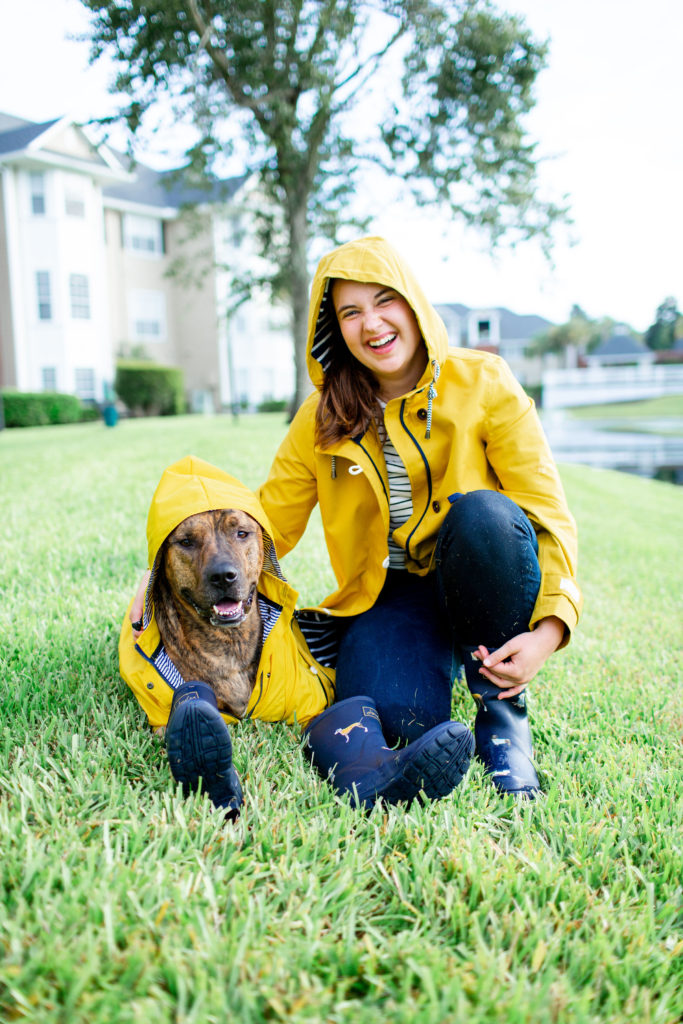
2. Pack At Least 2-3 Weeks of Water, Food, And Medications
In case of evacuation, having at least two weeks of your pets food, medications, and enough water is essential. Take time to evaluate how much water you will need that will cover you, any other people, and pets. This includes the amount they drink everyday, water for you and anyone else to drink, plus any water that is needed for any other activities such as cooking.
For medications, this includes any heart worm/flea preventatives, and any other important medications and tools necessary for the medications (syringes for insulin if your pet is diabetic like my cat Felix). To stay organized, grab a few plastic bags and label them with the medications or medication types and put a piece of paper with instructions inside. This helps the people who will be watching your pet if you have to take them somewhere.
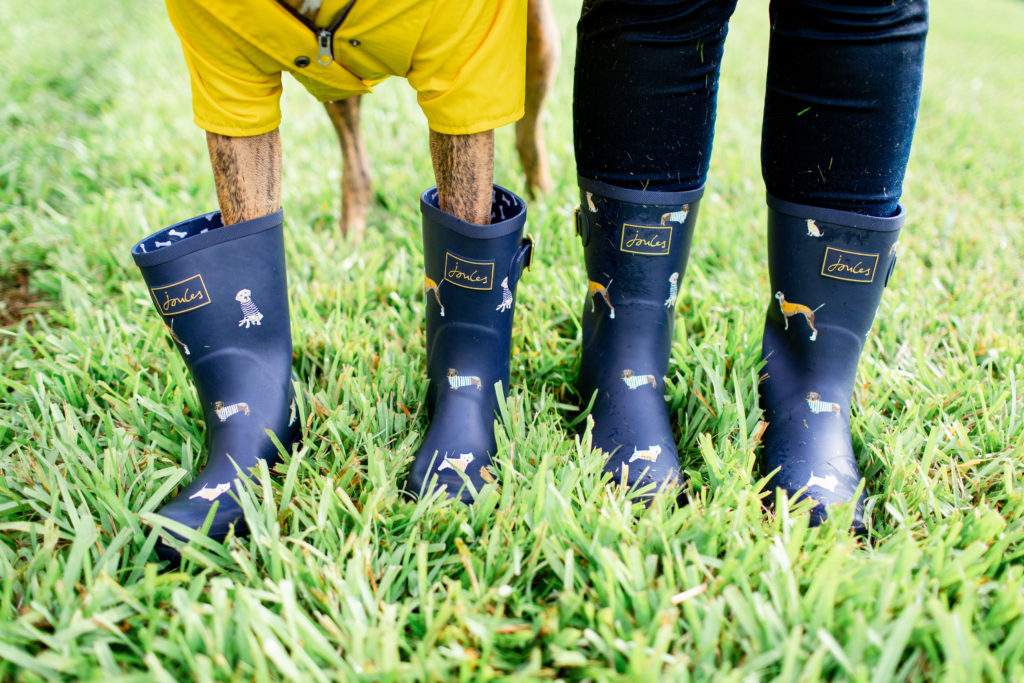
3. Research Which Evacuation Shelters Allow Pets
Not all shelters or hotels are pet friendly. If you are looking to evacuate your area, one of my favorite websites is www.bringfido.com. Bring Fido helps you find pet friendly hotels, restaurants, activities, events, services, and more. I’ve used this website before when searching for pet friendly hotels and it was great!
A few other options are: www.dogfriendly.com, www.pet-friendly-hotels.net, and even Air BnB and VRBO. With Air BnB and VRBO, you can add additional filters to your search to see if pets are allowed in the properties that you’re exploring. The first Air BnB we ever stayed at was pet-friendly and it was a wonderful location!
Read more about my first Air BnB visit here.
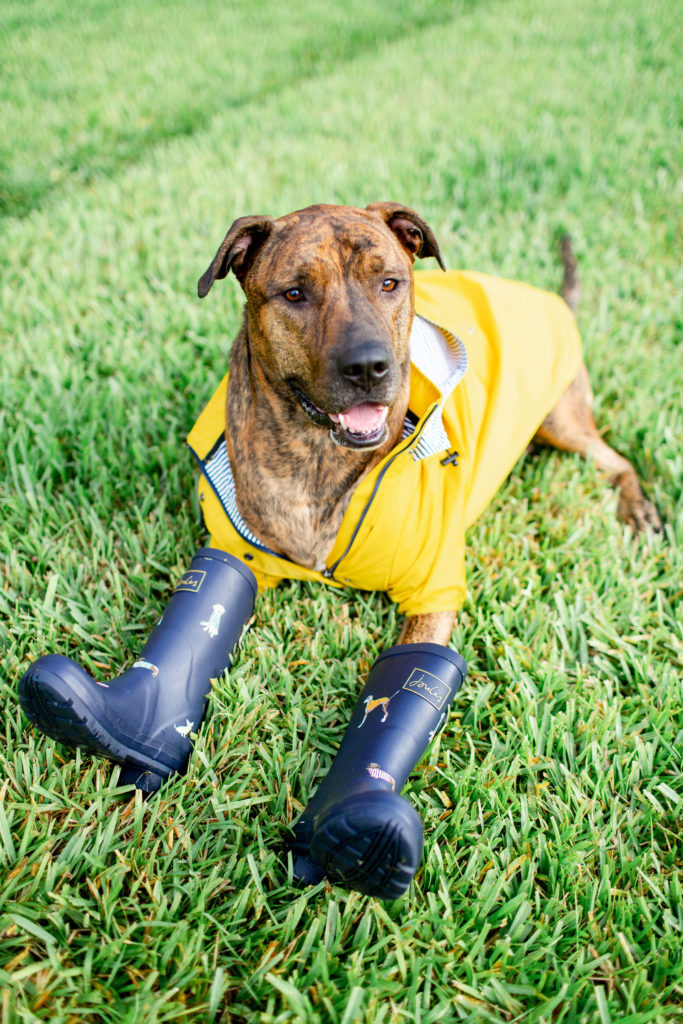
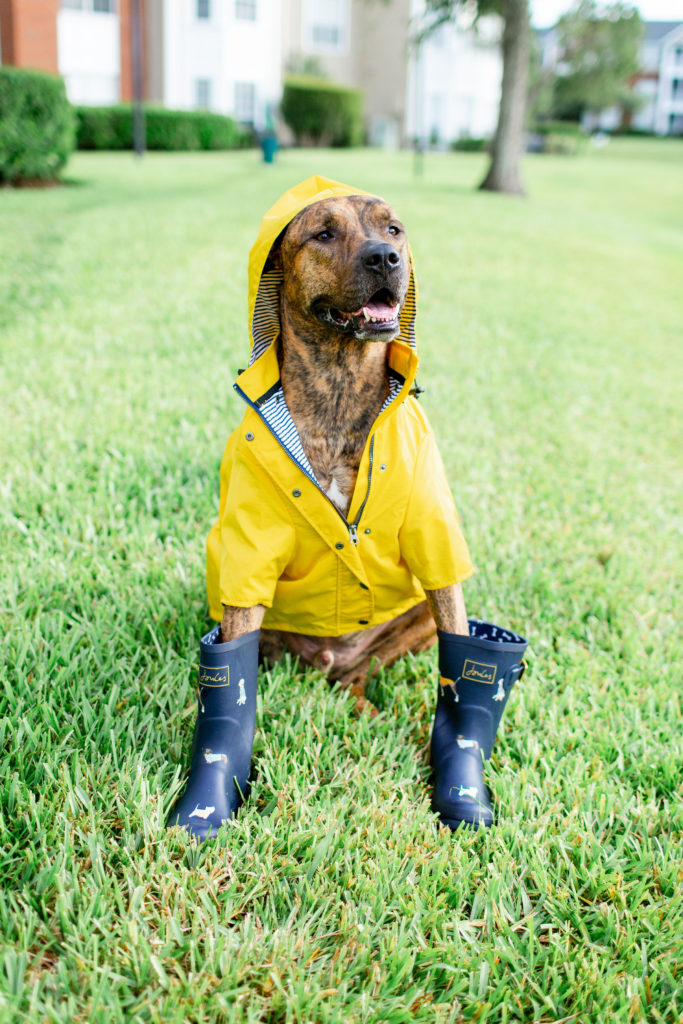
4. Ensure That Your Pet Has Proper Identification
This is one of the most important things that you can do for your pet in preparation for a hurricane or natural disaster. Ensure that your dog has tags on any collar that it wears that includes name, your phone number, and address if possible. Also, make sure that your pet has their rabies tag and that you have a copy of those records as mentioned in tip #1.
If you haven’t yet, please get your pet microchipped! This is usually done when a dog is young or if it’s found at a shelter. A microchip is a self-identifier that goes inside your dog that allows you to find it in the case that it goes missing. If for any reason you and your pet get separated during a storm, you still have a chance of being reunited if you have this in addition to the tags!
Last but not least is to have recent photos of your pet with you. This one luckily is the easiest because most pet parents have a ton of photos of their furry friends on their phones (I know I do!). This helps to identify your pet to others.
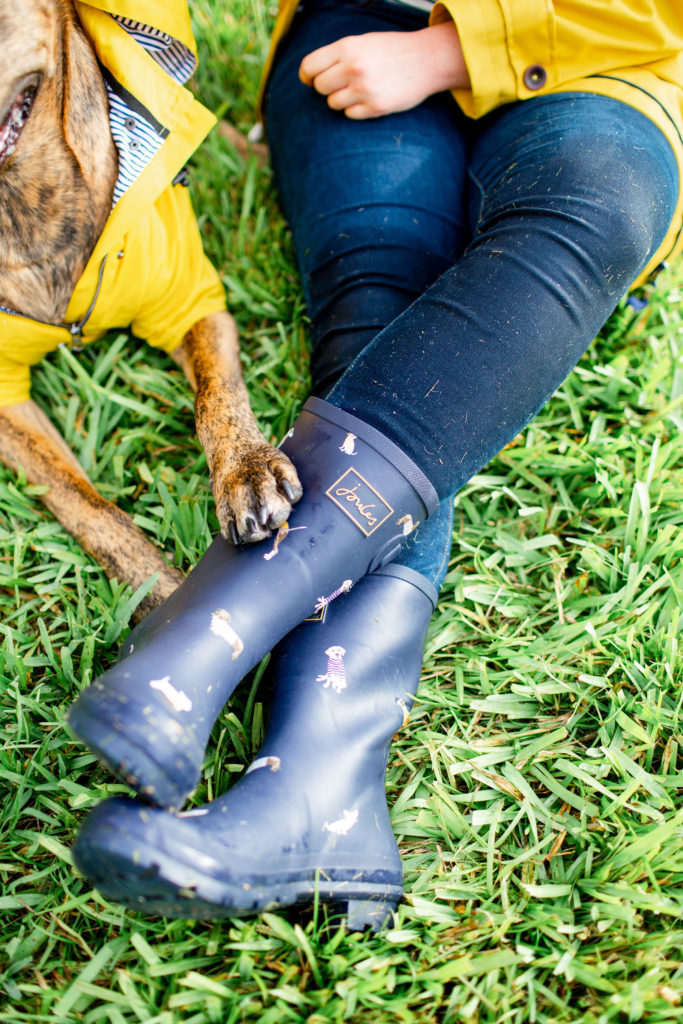
5. Everything You Need For Travel
If you’re traveling to a safe zone, you’ll need to ensure that you have proper gear for traveling plus any additional items that the animal might need along the way or once you arrive to your safe zone.
For cats:
- Cat carrier or small crate. I actually use a small puppy crate for Felix because he has a ton of room and we’re able to fit his comfy cat bed in it, making any drive more enjoyable.
- Litter box and litter! Make sure you have enough for your cat(s) for at least two weeks. Don’t forget that if you have more than one cat, your little will go faster since you have more cats using the litter box.
Click here to read about Felix’s favorite cat litter brand.
For dogs:
- Large enough dog crate. Make sure you have one that is large enough, especially if they will have to be inside of it while at a shelter. You don’t want them to be cramped in something especially if it’s for a longer period of time.
- Blanket (and/or) dog bed. Keep your pet and comfy with their favorite dog bed or blanket. Not only will they feel like they have a “spot” but it will smell like home which can help comfort them too.
- Extra leashes (slip leashes that you get at the vet). I mentioned this kind of leash because it’s harder for dogs to escape out of these leashes versus a collar that can easily slip off.
For both:
- Food and water bowls. I recommend bringing their regular bowls with you plus the collapsible travel bowls that are easy to wipe out.
- Manual can opener for any canned food. Many cans have the easy top that you can use to open but there still are some that require a can opener. Don’t forget this so that your pet can continue it’s regular food routine.
Thank you so much for reading my blog post about how to prepare your pets for hurricane season. These tips apply to other natural disasters that also require evacuation. I hope that with these tips plus any other resources you have that you and your pets have an easy and safe hurricane season!
Photography: Nikki B Photography

One Comment
Comments are closed.